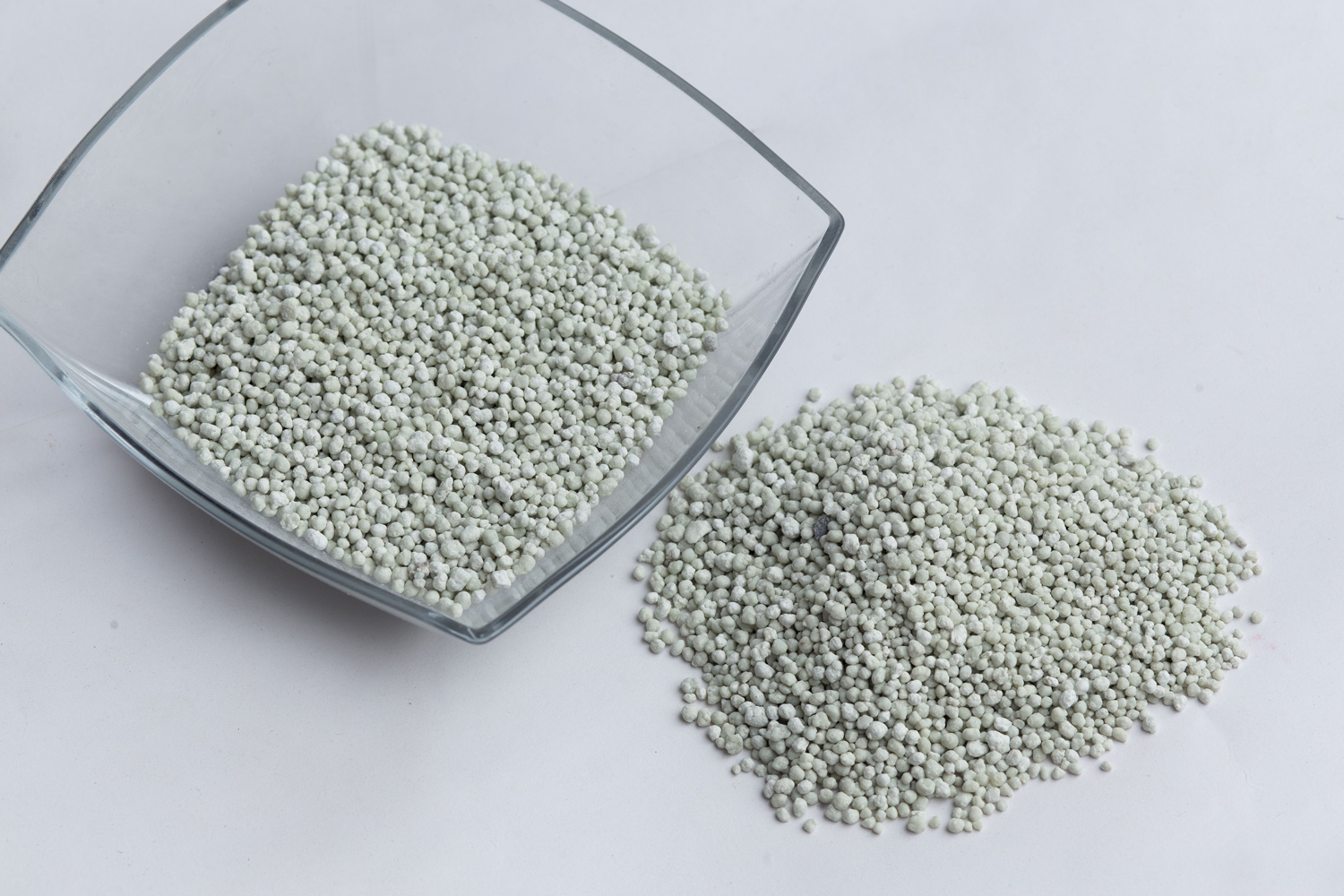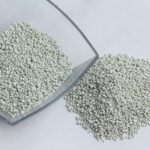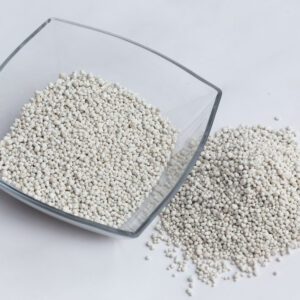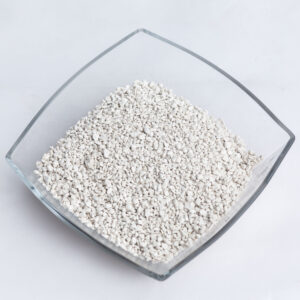Its chemical composition is (NH4)2HPO4. IUPAC name diammonium hydrogen phosphate is one of a series of water-soluble ammonium phosphate salts that can be produced when ammonia reacts with phosphoric acid. Solid diammonium phosphate shows a dissociation pressure of ammonia as given by the following expression and equation.
DAP is also used as a yeast nutrient in winemaking and brewing mead; as an additive in some brands of cigarettes purportedly as a nicotine enhancer; to prevent afterglow in matches, in purifying sugar; as a Flux for soldering tin, copper, zinc and brass; and to control precipitation of alkali-soluble and acid-insoluble colloidal dyes on wool nutrients include P2O5 (46%) and ammoniacal nitrogen (18%). DAP provides the correct proportion of phosphate and nitrogen needed for farming wheat, barley and vegetables. It is also applied in the early stage of fruit orchard fertilization.
| PARAMETER | UNIT | QUANTITY / DESCRIPTION |
|---|---|---|
| Ammoniacal nitrogen | wt % | 18 min |
| Total P2O5 | wt % | 46 min |
| Water soluble P2O5 | wt % | 41 min |
| Moisture | wt % | 1 max |
| Particle size | wt % | 1-4 mm….90% min < 1 mm….5% max |









